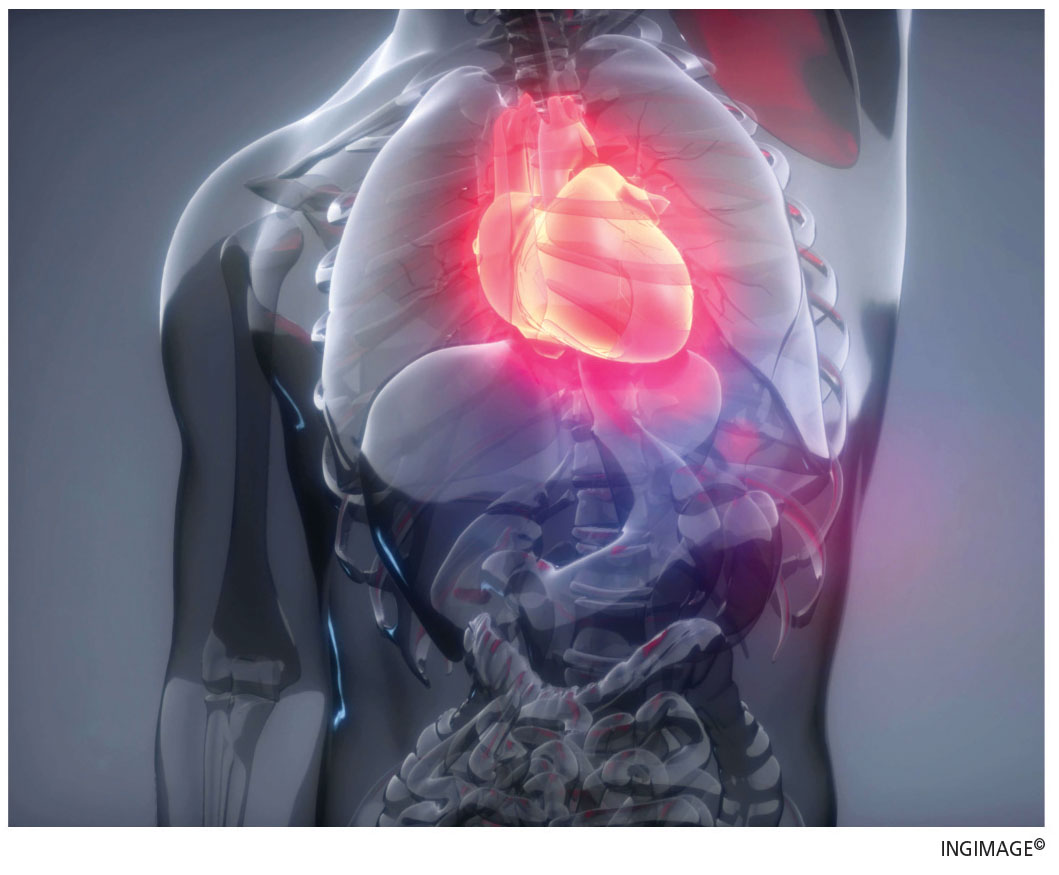EXECUTIVE HEALTH
A NOT SO ‘FAB’ DISEASE
BY Dr. Sanjiva Wijesinha
One of the problems that can occur as people age is that the valves in their hearts may become stiff and fail to function as well as they did when they were younger. A classic example of this age-related deterioration of our heart tissues is what can happen to the aortic valve.
This is the valve at the origin of the aorta, which is the main blood vessel that carries blood away from the heart. When the heart pumps, blood is expelled from the large chambers of the heart (in this case, the left ventricle) and flows out into the aorta. And from there, the blood that’s pumped is carried to all parts of the body along the arteries.
The aortic valve sits at the junction between the outlet of the left ventricle and the aorta, and its function is to open with each heartbeat and allow blood to flow out. It then closes as the ventricle relaxes to prevent the blood from flowing back into that chamber of the heart.
A human aortic valve can become diseased for several reasons. One common cause in the past was rheumatic fever, which affected the valves and caused them to become swollen and inflamed. These inflamed valves then healed by scarring so that they were no longer pliable, and couldn’t open and close as they should.
Fortunately, rheumatic fever in our country is now rare. Since people now live longer however, there’s a buildup of calcium on the valve leaflets as they age. This causes the valves to become stiff over time, and unable to fully open and close. This condition is referred to as ‘aortic stenosis’ (or ‘aortic sclerosis’).
So if the aortic valve can’t open fully, the outlet from the heart to the aorta becomes narrow – and the heart has to pump with greater force to push blood through the narrowed opening into the aorta. It can lead not only to inadequate blood being pumped into the circulatory system but also create a backlog of blood in the heart and the lungs.
This can ultimately result in enlargement of the heart and accumulation of fluid in the lungs (known as ‘pulmonary oedema’).
Aortic stenosis can develop gradually. However, it is important to diagnose the condition early because it can progress to cause heart failure and also result in sudden death. The classic symptoms can be recalled by the acronym ‘FAB’ – F for fainting, A for angina and B for breathlessness.
One of the major challenges for doctors as we look after more elderly patients is that many older folk simply put such warning symptoms down to ageing.
The main symptoms that constitute the FAB triad are classically provoked by physical exertion. But the majority of patients with aortic stenosis have no symptoms at rest.
Important symptoms that people need to be aware of are whether they experience breathlessness or angina (chest pain) on exertion, or whether they’ve had episodes of unprovoked fainting.
Having a doctor listen to your chest with a stethoscope – and better still, arranging for an echocardiogram – may be the first step in diagnosing aortic stenosis so that appropriate treatment can be prescribed to prevent its life-threatening outcomes.




